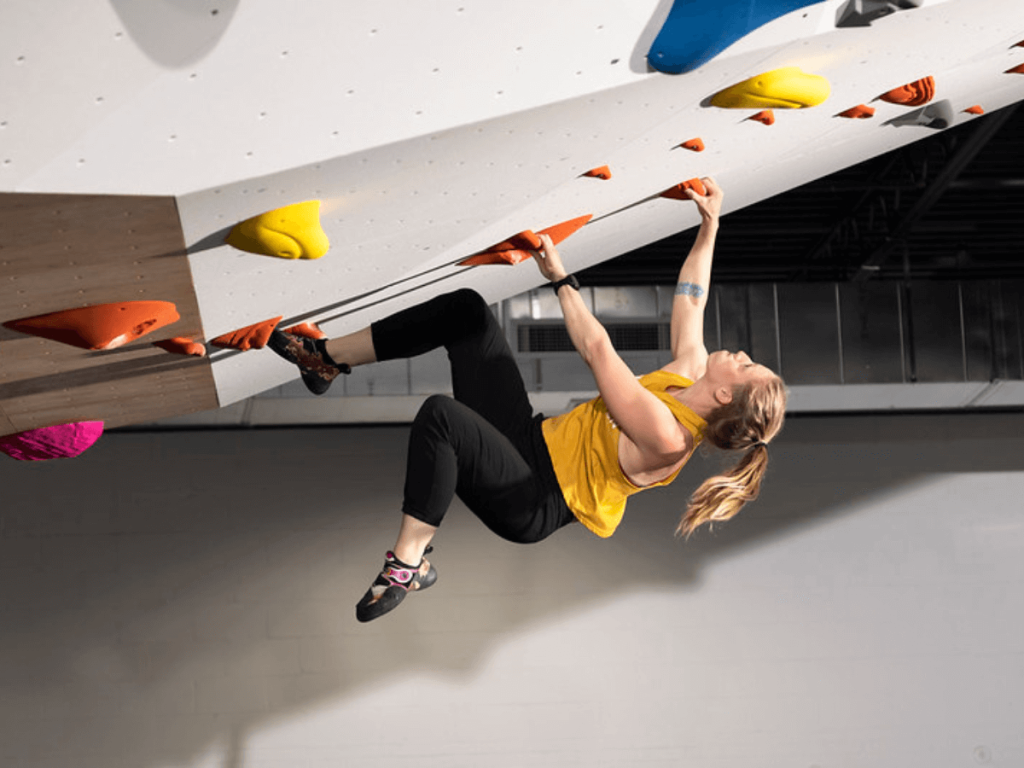Whether you’re an intermediate or advanced climber, these top three finger exercises will help take your climbing to the next level. We’ll also answer some misconceptions about finger training and tell you how to rest properly after a training session so you’re ready for your next climbing session.
When Should I Train Finger Strength?
The golden rule is to refrain from training finger strength within your first year of climbing. Tendons and ligaments take a long time to strengthen, so finger exercises are only recommended once you’ve been climbing for a while. Coincidingly, they also take a long time to heal, so it’s best to wait until you’re sure you’re ready. For absolute beginners, practice your technique, and the finger strength will come as you climb.
Of course, though, who knows your body better than yourself? If you are determined to start finger training before it’s recommended, the best thing you can do is take it slow. Do one finger training session a week and avoid climbing a few days after to give your muscles a proper rest.
How Many Finger Exercises Should I Perform Weekly?

It will depend on how often you climb! If you climb once weekly, you can squeeze in two finger training sessions with a rest day after. If you’re taking time off climbing to train, then you can opt for three training sessions with a rest day after each week. Again, you know your body best, so skip it if you are fighting for that last set and your fingers are hurting.
A rest day after finger training doesn’t mean you stop training; you should rest your fingers. It’s better to perform an exercise correctly when you’re strong enough than to perform it poorly and risk injuring yourself. That is the difference between healthy climbers and climbers who push through injuries; they know when to take a break and return another day.
Top Three Finger Exercises
Begin with five sets of hangs on five different holds. Always warm up before training any muscle, especially your fingers! Start with larger holds and gradually progress to smaller ones, challenging your fingers accordingly. Once you’re warm, try these exercises to improve your finger strength.
- Long Duration: Strengthen your endurance on longer routes by incorporating long-duration hangs. Hold on for 30-60 seconds at a time, simulating the sustained grip required for extended periods. This exercise aids in building the stamina necessary for tackling longer routes.
- Max Hangs: Test your limits by gripping the most challenging edge you can manage for 7-10 seconds. Allow yourself approximately three minutes of rest before moving on to the next repetition. If your fingers are noticeably sore after three minutes, give yourself some more rest time between sets.
- Repeaters: Mimic the experience of reaching for the next hold during a climb with repeaters. Hang for a specific duration, such as 7 seconds, followed by a short rest period of 3 seconds. Aim to complete this cycle for 3 minutes or until failure. If necessary, utilize a pulley-and-rope setup to reduce weight and effectively complete the workout.
Should I Perform All of These Each Training Session?
Perform the exercises that coincide with your climbing goals. Start with long-duration or max hangs exercises if you’re working on climbing a route that you keep pumping out on. Do some repeater exercises if you’re trying to strengthen your fingers to hold onto smaller crimps.
How many exercises you plan to perform each training session is up to you. You can always back off the size of the edge you’re training or the duration of the exercise you’re performing. Listen to your body and adjust accordingly. As you know, fingers take a long time to strengthen; they also take a long time to heal! You know your body best, so if you can add another set, go for it. Listen to your body, though, and only perform the exercises with proper form.

Recent Comments